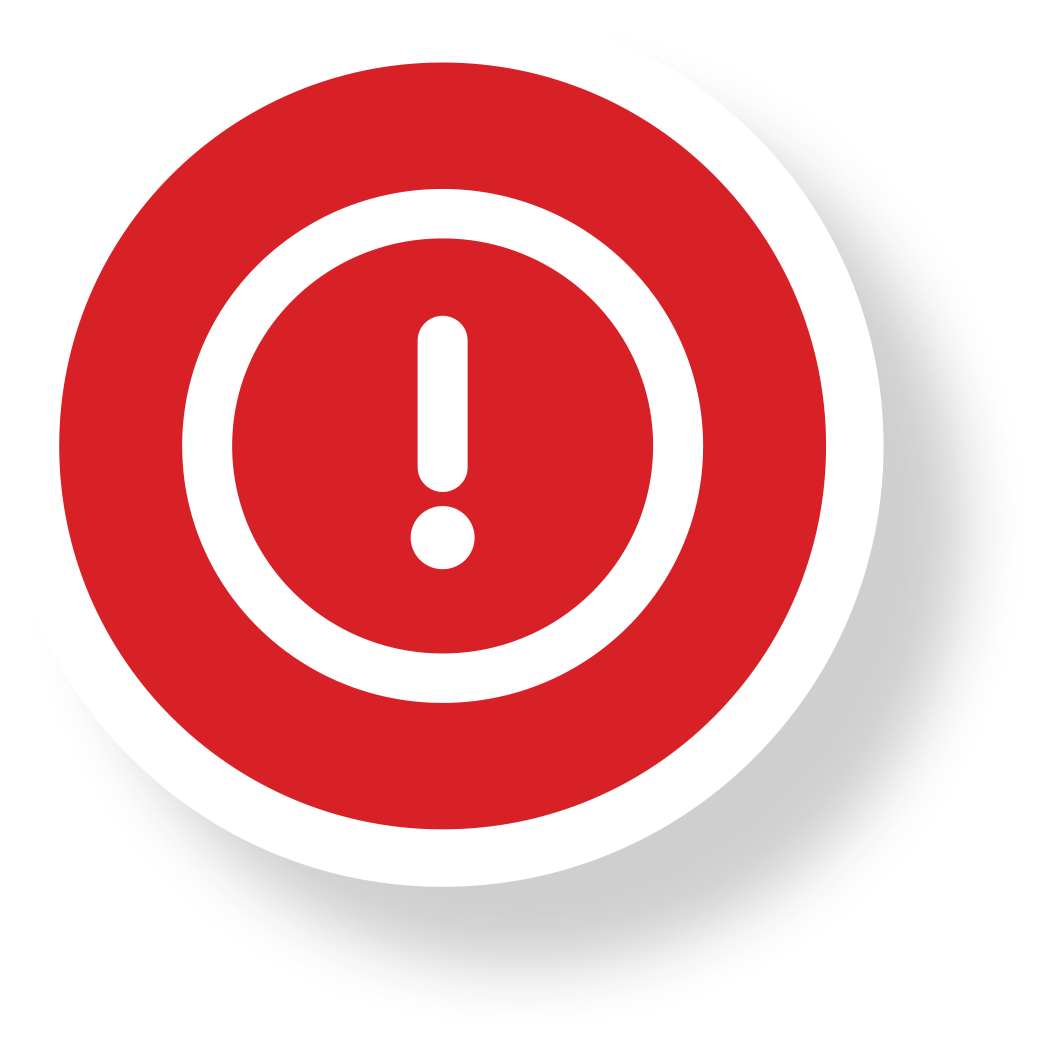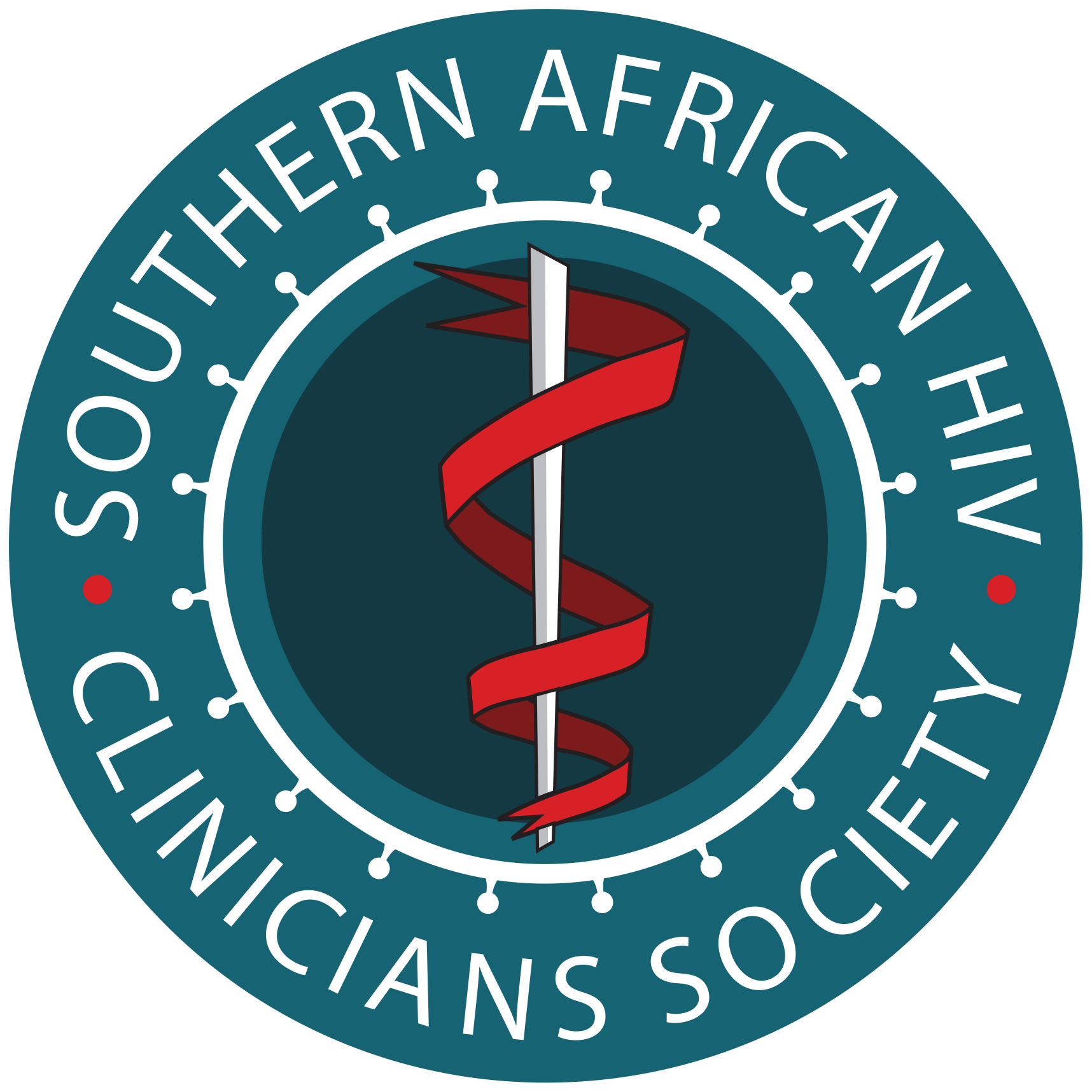ART Guidelines
References

 Key points
Key points
- The recommended nucleoside/nucleotide reverse transcriptase inhibitor (NRTI) drugs for first-line therapy are tenofovir disoproxil fumarate (TDF) and either lamivudine (3TC) or emtricitabine (FTC).
- Patients with an estimated glomerular filtration rate (eGFR) < 50 mL/min/1.73m2 or osteoporosis should generally be started on abacavir (ABC) instead of TDF for first-line therapy, provided they do not have chronic hepatitis B infection.
- Tenofovir alafenamide (TAF) is recommended instead of TDF or ABC for patients with hepatitis B and an eGFR 30-50 mL/min/1.73m2, or osteoporosis. It can be considered as an alternative to ABC for patients without hepatitis B but with an eGFR 30-50 mL/min/1.73m2 or osteoporosis.
- Zidovudine (AZT) should only be used in special circumstances.
- Tenofovir can cause renal failure or a renal-tubular wasting syndrome. Serum creatinine monitoring at regular intervals is recommended.
- ABC can cause a fatal hypersensitivity reaction in patients with HLA-B*5701. If feasible, this allele should be excluded prior to starting ABC, although it is very rare in people of African descent. Routine testing for HLA-B*5701 is not currently part of the standard of care in the public sector.
Nucleoside reverse transcriptase inhibitors (NRTIs) and nucleotide reverse transcriptase inhibitors (NtRTIs) work by acting as nucleotide base analogues. Following incorporation into the DNA chain by HIV’s reverse transcriptase enzyme, they block further chain elongation. A summary of NRTIs is provided in Table 1, and the appropriate baseline investigations and required monitoring in Table 2. NRTIs may be available as single tablets or in fixed dose combinations (FDC). The latter is recommended where possible to decrease overall pill burden. Many NRTIs require dose adjustment in renal failure (see module 21).
Tenofovir is available in two oral prodrug forms: tenofovir disoproxil fumarate (TDF) and tenofovir alafenamide (TAF). Both are converted to the pharmacologically active form, tenofovir diphosphate, intracellularly. Similar to 3TC/FTC, when tenofovir has been part of an initial ART regimen, it may be continued in subsequent regimens even in the face of high-level resistance, as sufficient antiviral activity is maintained if combined with drugs with a high genetic barrier to resistance. 4
Both forms of tenofovir offer durable therapy against
hepatitis B virus (HBV) as HBV resistance against
tenofovir is exceedingly rare. In a minority of patients,
tenofovir may cause a tubular wasting syndrome
(including wasting of phosphate and
potassium).
5
If patients receiving tenofovir develop muscle weakness
or other muscle symptoms, then potassium and
phosphate levels must be assessed. Tenofovir can
also cause acute and chronic renal failure, but this
is uncommon.
6
Long-term use of TDF together with
other nephrotoxic agents (e.g. aminoglycosides or
non-steroidal anti-inflammatory agents) should
nonetheless be avoided.
TDF also causes a decrease in bone mineral density,
but this is generally mild, and most studies have not
found an increase in fracture risk.
Of the two forms of tenofovir, we recommend TDF as
the drug for use with 3TC or FTC in most instances, as it
aligns with public sector programmes, is more widely
available as a FDC, and is generally well-tolerated.
TDF should not be used if the estimated glomerular
filtration rate (eGFR) is < 50 mL/min/1.73m2.
TAF has fewer renal and bone side-effects than TDF,
although the extent of this has been questioned.
7,
8
When coformulated with 3TC/FTC, TAF can be given
down to a minimum eGFR of 30 mL/min/1.73m2.
However, if given as a separate tablet, TAF can be
given down to an eGFR of 15 mL/min/1.73m2, as well
as to patients on chronic haemodialysis. Compared
to TDF, TAF is associated with greater weight gain,
an adverse lipid profile, and several important drugdrug interactions
(see module 17 for more details).
9-
11
The TAF 25mg dose currently available in South
Africa should not be used with ritonavir-containing
PI regimens. Although rifampicin reduces serum
TAF levels, intracellular concentrations of the active
tenofovir metabolite are in fact higher than achieved
with TDF, and thus rifampicin-based TB treatment is
safe to co-administer.
12
TAF/FTC combinations can be
considered as an alternative to TDF in patients with
eGFR 30-50 mL/min/1.73m2 or with osteoporosis,
although abacavir (ABC) is also available in these
instances as an alternative. TAF is recommended in
patients who have one or more of these conditions
and hepatitis B.
Tenofovir (either TDF or TAF) should be switched to ABC or an alternative NRTI immediately in patients with acute kidney injury, as it may exacerbate injury even if it is not the primary cause. Consider recommencing tenofovir (either TDF or TAF) with careful monitoring when the eGFR returns to baseline and if an alternative cause of renal failure is established. In patients in whom tenofovir is avoided because of a low eGFR at baseline, it may be possible to switch to tenofovir at a later point if renal function improves. This is often the case where patients had diarrhoea or other opportunistic infections (OIs) at the time of ART initiation.
For monitoring while on TDF see Table 2.

Common pitfall: Permanently discontinuing TDF in patients with a transiently decreased eGFR. Most cases of acute kidney injury (AKI) are not due to TDF, and if another cause of AKI is identified (e.g. severe diarrhoea or pneumonia), then TDF can be re-introduced with monitoring once renal function improves.
Lamivudine (3TC) and emtricitabine (FTC) are welltolerated
drugs recommended as part of a firstline regimen.
Although there are minor differences
between them, 3TC and FTC are considered
functionally interchangeable. Their use may be
continued in the presence of ‘high-level resistance’
caused by the M184V mutation, since this mutation
impairs HIV’s replication ability, causing a ~0.5 log
decrease in viral load (VL). Therefore, these drugs are
often also recycled in second- and third-line therapy
(see the management of patients on second-line
ART in module 13).
3TC and FTC are active against
hepatitis B, but when used in the absence of a second
drug active against hepatitis B, such as TDF, then
resistance rates of approximately 50% at 1 year, and
90% at 5 years, are seen.
1
See module 20.
Pure red cell aplasia (PRCA), which presents with severe anaemia and a low reticulocyte production index, has rarely been associated with 3TC and FTC. 2, 3 A bone marrow examination should be performed to confirm the condition. Parvovirus B19 infection should be excluded with a polymerase chain reaction (PCR) test. If 3TC and FTC are contraindicated due to PCRA, then we suggest contacting an expert for advice about alternative regimens (see module 11 for some 3TC/FTC-sparing regimen options).
Abacavir (ABC) does not require dose adjustment in renal failure and is especially useful in patients with chronic renal failure, in whom tenofovir is nephrotoxic and zidovudine (AZT) could aggravate the anaemia of renal failure. A meta-analysis showed that virological suppression is equivalent with ABCand TDF-containing first-line regimens regardless of baseline VL. 13

Common pitfall: Avoiding ABC in patients with a high VL. This is a common misconception and is unnecessary, as viral suppression rates are equivalent in meta-analyses.
ABC has been associated with an increased risk of
myocardial infarction in some but not other cohort
studies, but the association was not confirmed in
a meta-analysis of randomised controlled trials
(RCTs).
13-
15
ABC hypersensitivity is a systemic reaction occurring within the first 8 weeks of therapy in ~6% of people of European ancestry. 16 Fatalities may occur on rechallenge. ABC must be discontinued and never reintroduced if hypersensitivity is suspected. The manifestations of hypersensitivity include fever, rash, fatigue and abdominal or respiratory symptoms. If there is any doubt concerning the diagnosis (e.g. if the patient has a cough with fever), then the patient should be admitted for observation of the next dose: if symptoms progress, hypersensitivity is present. The hypersensitivity reaction has been shown to occur on a genetic basis, with a very strong association with the HLA-B*5701 allele. This allele is very uncommon in people of African descent thus ABC hypersensitivity is less frequent. If testing is affordable and available, then the presence of HLA-B*5701 should be excluded prior to prescribing ABC, especially in patients who are not of African descent.
We recommend reserving zidovudine (AZT) for use only in special circumstances where both tenofovir and ABC are unavailable or contraindicated. In these instances, AZT can be used, provided that the haemoglobin (Hb) is > 8 g/dL. AZT can cause neutropenia and anaemia; platelet counts generally rise with the use of the drug. Monitoring is necessary with AZT (see Table 2). It is unusual, however, to see haematological toxicity develop after 6 months. Macrocytosis is usual with AZT therapy and is of no consequence. Routine measurement of vitamin B12 and folate concentrations is not needed.
Turn device to landscape for a better table viewing experience
| TABLE 1: Dosage and common adverse drug reactions of nucleoside/nucleotide reverse transcriptase inhibitors available in southern Africa (adult dosing). | |||
| Generic name | Drug class | Recommended dosage | Common or severe ADR‡ |
|---|---|---|---|
| Tenofovir disoproxil fumarate (TDF) | NtRTI | 300 mg daily | Renal failure, tubular wasting syndrome, reduced bone mineral density, nausea |
| Tenofovir alafenamide (TAF) | NtRTI | 25 mg daily | Less renal failure and bone mineral reduction than TDF, but more weight gain and worse lipid profile |
| Lamivudine (3TC) | NRTI | 150 mg 12-hourly or 300 mg daily | Anaemia (pure red cell aplasia) (rare) |
| Emtricitabine (FTC)† | NRTI | 200 mg daily | Anaemia (pure red cell aplasia) (rare), palmar hyperpigmentation |
| Abacavir (ABC) | NRTI | 300 mg 12-hourly or 600 mg daily | Hypersensitivity reaction |
| Zidovudine (AZT) | NRTI | 300 mg 12-hourly | Anaemia, neutropenia, gastrointestinal upset, headache, myopathy, hyperlactataemia/ steatohepatitis (medium potential), lipoatrophy |
| ARV, antiretroviral; ADR, adverse drug reaction; NtRTI, nucleotide reverse transcriptase inhibitor; NRTI, nucleoside reverse transcriptase inhibitor. †, FTC is not available as a single drug in South Africa, only co-formulated. ‡, Life-threatening reactions are indicated in bold. | |||
| TABLE 2: Baseline investigations and monitoring required for nucleoside/nucleotide reverse transcriptase inhibitors. | ||
| Generic name | Monitoring required | Comment |
|---|---|---|
| TDF | Creatinine before initiation, then at 3 months, 6 months, and then 6-monthly thereafter |
Avoid if eGFR < 50 mL/min. In high-risk patients (particularly those with co-existent hypertension or diabetes), creatinine should also be checked at 1 and 2 months. |
| 3TC | None routinely required | - |
| FTC | None routinely required | - |
| ABC | HLA-B*5701 before initiation, if testing is affordable and available | Allele very rare in people of African descent |
| AZT | Hb and neutrophil count before initiation, then at months 1, 2, 3 and 6 |
Avoid if Hb < 8 g/dL. If neutrophil count is 1–1.5 x 109/L, then repeat in 4 weeks. If neutrophil count is 0.75–0.99 x 109/L, then repeat in 2 weeks or consider switching from AZT. If neutrophil count < 0.75 x 109/L, then switch from AZT. |
| eGFR, estimated glomerular filtration rate; Hb, haemoglobin. | ||
